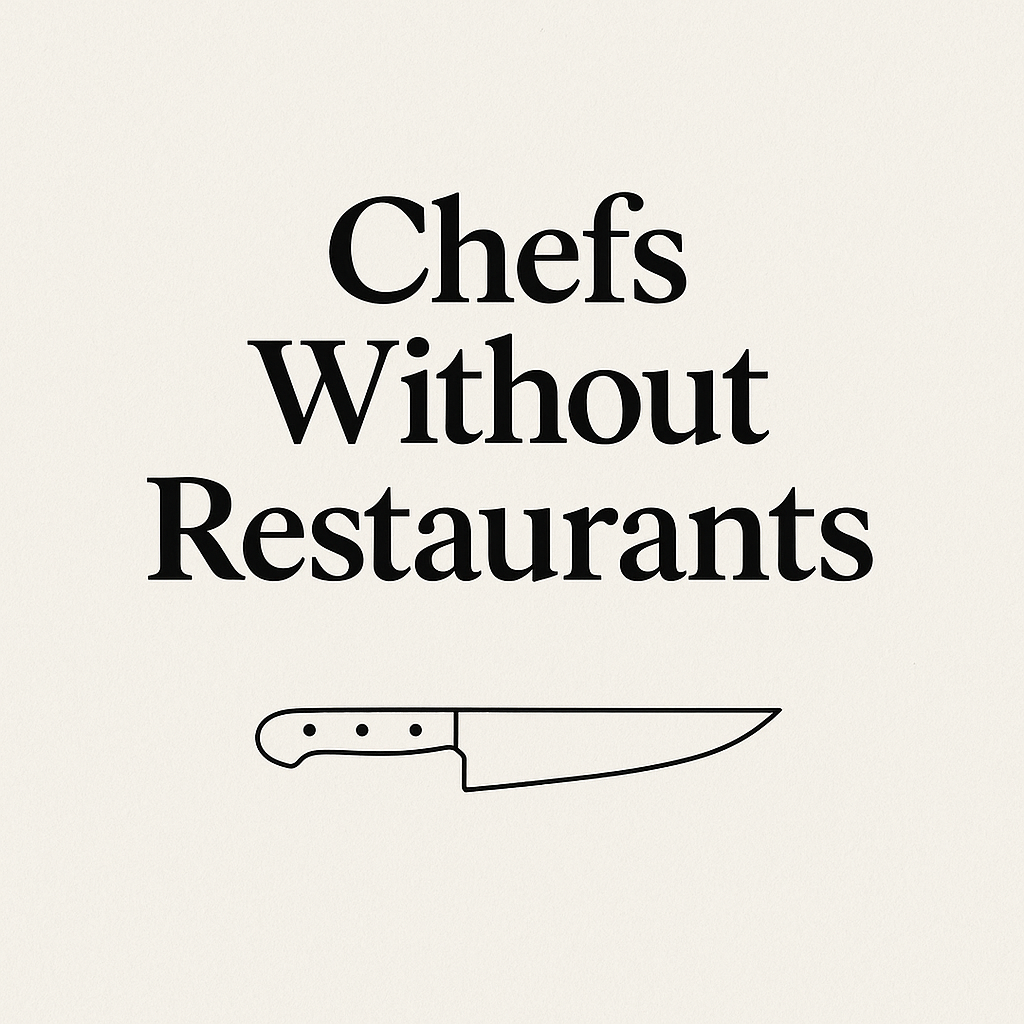Chefs Without Restaurants

There was a time when a restaurant defined a chef — four walls, a door that locked, a name in cursive over the entrance. You built a menu, a team, a reputation. You stayed put.
Now, the walls are gone. The new generation moves like weather — a dinner in one city, a pop-up in another, a collaboration in someone else’s kitchen. A menu lives for one night, then disappears. There’s freedom in that, and a certain chaos too.
But there’s also something hollow about it. The same faces rotate through the same events, cooking for the same crowd of food insiders who pretend each dinner is a revelation. The pop-up circuit has become its own kind of trap — dressed up as rebellion but still bound by clout and sponsorships. The spontaneity starts to look rehearsed.
These chefs exist in the margins: between residencies, between brand partnerships, between airports. They work out of borrowed prep spaces, they plate on portable tables, they carry their knives like passports. Their restaurants are playlists — temporary, curated, emotional.
They don’t want permanence. They want movement. The idea of a “career” has been replaced by a string of moments, each one photographed, tagged, and gone before the next one begins. The work is thrilling, sometimes lonely, often unprofitable. But for many, it’s the only way to keep cooking without being consumed by the machine.
Maybe this is what comes after the restaurant era — when creativity refuses to be anchored, and when the act of cooking itself becomes the only constant address.
